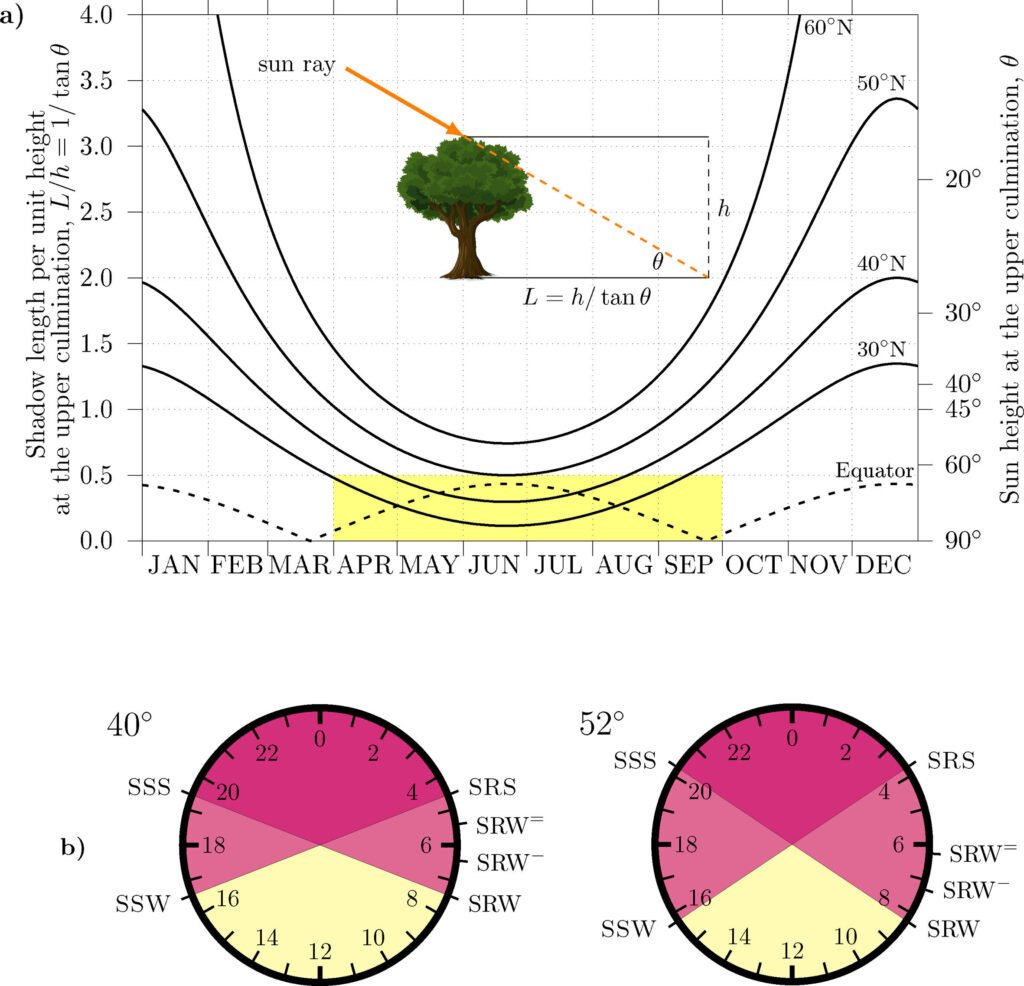For example, work, school, and social obligations often impose schedules that do not necessarily match the sun’s natural rhythms,” explains Martín-Olalla. “This creates a misalignment between our internal clock and the external environment, which can have negative consequences for health.”
The study also examines the impact of Daylight Saving Time (DST) regulations, which are implemented in many countries to make better use of daylight hours. However, the researchers point out that these regulations can have negative effects on health, as they disrupt the body’s natural circadian rhythms. “Our bodies are finely tuned to the light-dark cycle, and sudden changes in clock time can disrupt this delicate balance,” says Mira.
Overall, the study highlights the importance of aligning our daily schedules with the natural rhythms of the sun. “By paying attention to when the sun rises and sets, we can optimize our daily activities and promote better health and well-being,” concludes Martín-Olalla. The researchers hope that their findings will lead to a reevaluation of current timekeeping practices and a greater emphasis on the importance of natural light in our daily lives.
As we continue to navigate the challenges of modern life, it is crucial to remember the profound impact that the sun’s movements have on our bodies and minds. By staying connected to the natural world and honoring the changing seasons, we can create a more harmonious and fulfilling existence for ourselves and future generations. Time shifting has been a long-standing practice in many regions around the world, with the clocks changing twice a year to adapt human activity to the corresponding season. However, recent studies have raised questions about the impact of seasonal time changes on human health, leading to a debate on whether it is necessary to continue this practice.
According to a recent study by Martín-Olalla and Mira, the impact of the seasonal time change on human health can be divided into two categories: the effects associated with the change itself, and those associated with the period during which daylight-saving time is in effect. The authors argue that while some studies have reported a slight increase in traffic accidents following the clocks going forward in spring, the overall impact is minimal compared to other factors influencing the problem.
The authors emphasize that changing the clocks has been a natural adaptation mechanism for over a century, aligning the start of human activity with the sunrise. They point out that changing the clocks does not cause a misalignment with the sun or disrupt the rhythm of life, but rather reorganizes social life to make the most of daylight hours.
Critics of seasonal time changes have raised concerns about long-term effects such as increased risk of cancer, sleep loss, and obesity. However, Martín-Olalla and Mira argue that these studies often overlook the seasonal nature of the time change, analyzing data within the same time zone without considering the impact of changing the clocks.
As the debate continues, the study concludes by analyzing the reasons why changing the clocks was successful in the 20th century and the challenges faced by medical associations seeking to eliminate the practice and adopt permanent winter time. While the impact of seasonal time changes on human health remains a topic of debate, the authors stress the importance of considering the historical context and natural adaptation mechanisms when evaluating the effects of changing the clocks.


